The iPhone 13 is very similar to the iPhone 12, when it comes to design. But, there are a few upgrades that we cannot ignore:
- You now get a brighter display with a smaller notch.
- The new A15 Bionic is considerably more powerful.
- The primary camera sensor is bigger, offers sensor shift stabilisation, and has a wider lens.
- The battery size has been increased now.
However, I really want to bring attention to the fact that the iPhone 12’s base 64GB variant is – or was (depending when you are reading this review) – available for under Rs 50,000 during Flipkart’s Big Billion Day Sales. In fact, Apple is giving away free AirPods, as part of its Diwali offer with the iPhone 12, on its official online store.
Which begs the question, is the iPhone 13 — at a starting price of nearly Rs 80,000 — worth that much extra?
Well, let’s find the answers to that question, and more, in our full review of the iPhone 13 and comparison against the iPhone 12.
Design

The immediately visible changes in the iPhone 13’s design are the: restructured camera layout and the smaller notch. The two cameras on the iPhone 13 are placed in a diagonal setup now as opposed to one below the other on the iPhone 12. This is because the sensor inside the new iPhone 13 is much larger now and requires a bigger camera ring as a result. Yes, it doesn’t really make a huge difference to the visual aesthetic. But, it does add to the thickness of the bump making it easily wobble on the table.

And, like I mentioned in my iPhone 13 Pro Max review, I am really indifferent to the 20 percent smaller notch. It doesn’t add to the daily usage experience. What I did find odd and arbitrary was the fact that Apple has now moved all the buttons and the Silent switch to a slightly lower position than before. Since I used the iPhone 12 for the better part of 2020 and 2021, I found this move disorienting for the first couple of days. But, you do get used to it eventually.
Another point to note is, thanks to the larger battery and bigger camera sensor, the iPhone 13 is now 10g heavier and 0.3g thicker. That doesn’t really matter at all because the added density and heft makes the phone more reassuring to hold. And, it ensures that you are far less worried about dropping it in regular usage. I must also say this, the matte aluminium flat sides don’t bite into your hands as much as the Surgical Steel railing on the Pro series.

As for the rest of the design, you get the same great IP68 water resistance. Additionally, the lightning port persists on this generation of the iPhone 13 series as well. Hopefully, we should see an iPhone with Type-C port by next year considering the EU has ruled that all smartphone brands should only ship with a Type-C charger.
Display
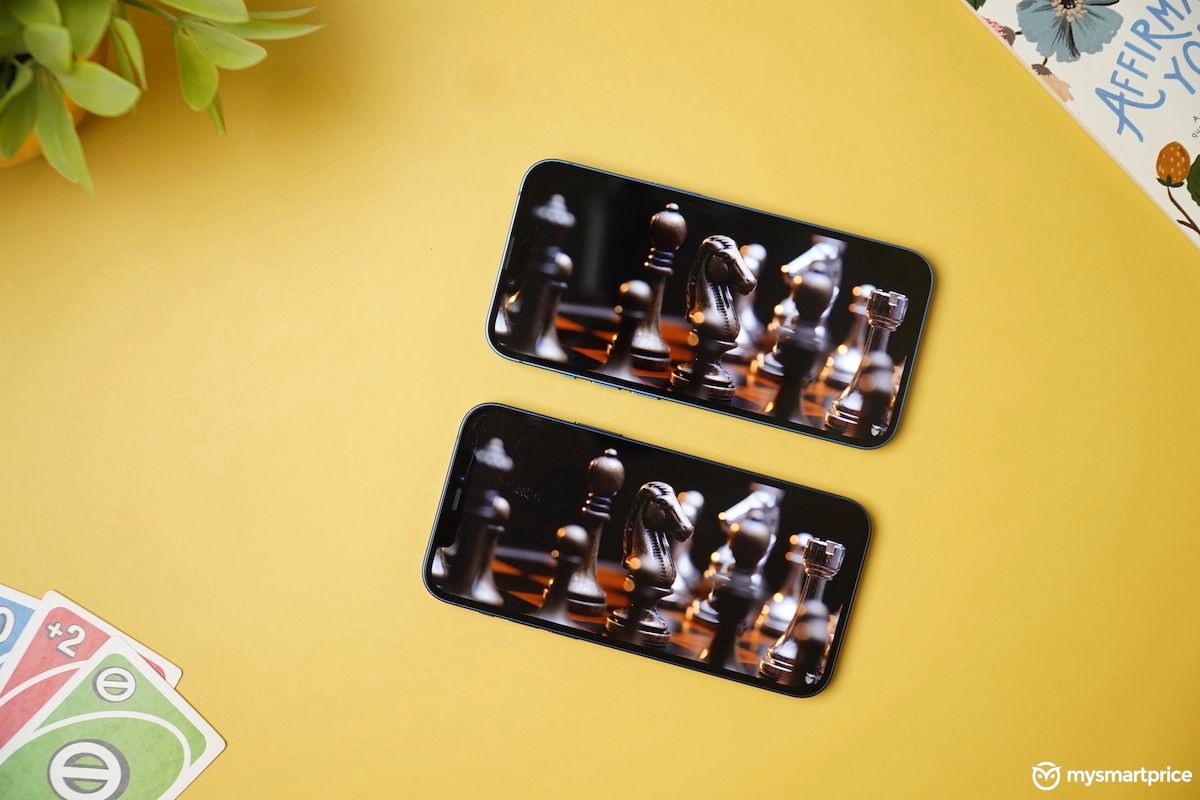
The iPhone 13’s display – apart from the smaller notch – is near-identical to the previous generation iPhone 12. You get the same great 6.1-inch OLED panel with 60Hz refresh rate and support for HDR10 and Dolby Vision formats as well. It is colour accurate and vibrant for watching content. But, this time around, Apple has also made it brighter. Which means that it is brighter to use outdoors when compared to the iPhone 12. The only feature missing is the support for 120Hz, which is limited to the Pros. It is called ProMotion for a reason.
As for the brightness, you go get a slightly brighter display on the iPhone 13 when the auto brightness is on. It can go up to 800 nits under direct sunlight as opposed to 625 nits on the iPhone 12. The iPhone 13 definitely has better visibility outdoors. However, HDR peak brightness tops out at 1200 nits on both the phones.
Camera
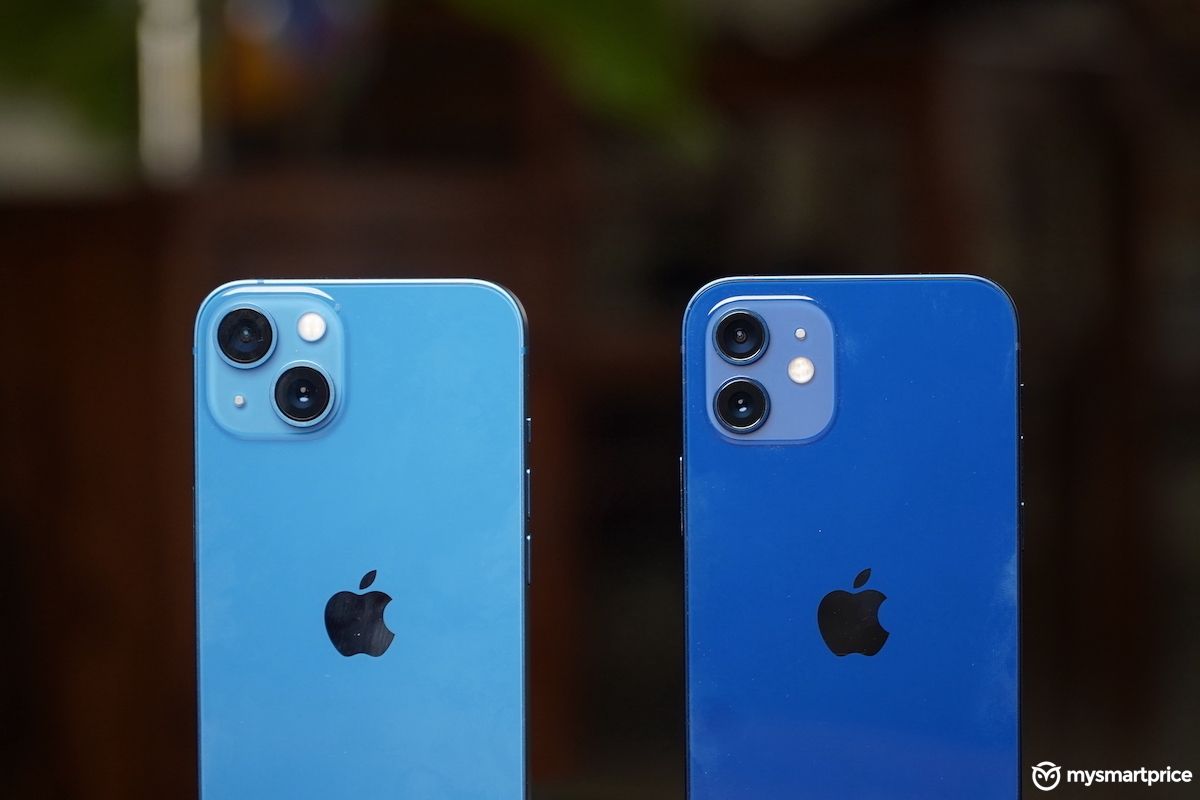
Coming to the camera setup, the iPhone 13 has an upgraded primary sensor. You now get a larger 1.7-micron pixel size on the sensor with sensor shift optical stabilisation. Unfortunately, the ultrawide is still the same with a fixed focus sensor. Which means that you cannot do close up macro shots, unfortunately. Anyway, let’s quickly take a look at the camera comparison with the iPhone 12.
- Starting with the exclusive features, we have the new Cinematic mode feature, which is exclusive to the iPhone 13 lineup. Everything I said about Cinematic mode in my 13 Pro Max review is true for the 13 as well. It is a fun feature with focus racking working fairly well. But, since it is in the nascent stages, the edge detection still needs a lot of work. Plus, you can only shoot at 1080p 30fps. Otherwise, I actually enjoyed using this mode.
- Then there are Photographic Styles that lets you define the look of your photos. For example, if you prefer the Rich Contrast-y look like a Pixel phone, you can pick that. Essentially, the iPhone 13 now gives you the option to change the Picture Profile without destroying the image in post. Now, Apple also claims that it keeps the facial tones intact but I noticed that the facial tone does get altered slightly in the Cool profile.
- Moving on to the comparisons. Thanks to the larger sensor, daylight images are slightly sharper compared to the iPhone 12. But, it doesn’t really matter because you really need to pixel peep to spot these changes. For example, take a look at the 100% crop on the Buses and trees on the road.
- When it comes to colour reproduction, in the Standard Photographic Style, you really won’t be able to tell the difference in colour science between the iPhone 13 and iPhone 12. Although, even in these samples, when you zoom in to check for fine details, the 13 does look sharper. Not to mention, you also get the option to change the Photographic Style based on your preference, which is definitely an advantage for the iPhone 13.
- Smart HDR 4 is where a lot has changed. Apple now goes for darker shadow regions and vibrant highlights. This is where you will notice that it has a distinct look that aims to cut shadow noise by underexposing 1-stop. This is the problem with brand-defined algorithms anyway. You don’t have control over the final output. In any case, both the algorithms have a different approach. But, the biggest advantage with the Smart HDR 4 algorithm is the gorgeous highlight control and clean gradients in the sun out here.
- Smart HDR 4 does help with ultrawide angle shots, though. I could spot far less shadow noise and cleaner textures. So, ultrawide is definitely slightly better tuned now. Emphasis on the word “slightly,” because most folks won’t care.
- Human subject shots in daylight look very identical on both the phones. I really cannot tell the two apart, except for the slightly sharper image on the 13. But, against the light, with Smart HDR 4, you can see the dynamic range performance has improved dramatically on the iPhone 13. The iPhone 12 has blown out highlights. And, both the phones have the famous orange-face syndrome with Indian skin tones for some reason. Which I am not a fan of.
- Nothing to tell the two phones apart when it comes to portrait performance either.
- Selfies now offer a slightly more accurate skin tone with sharper textures. And, against harsh light you get better highlight control in the rear but softer details on the face, compared to the iPhone 12. It is definitely inconsistent that way.
- The immediate advantage of the bigger sensor on the iPhone 13 is – sharper low light shots. In the first sample, you will notice that clearly when you pixel peep around the Pioneer Square board. But yes, the image does look extremely contrast-heavy thanks to darker shadows. Although, shadow noise and noise in general is much lower than the iPhone 12. And, in certain shots, the iPhone 13 takes a second less to expose the same scene compared to the iPhone 12. In general, you get more vibrant looking low light shots, which stay true to the scene. The second image just amplifies our findings. You will see much sharper texture around the lamp area and considerably less noise too.
- The new low light algorithm helps with low light ultrawide shots. You get far less noise and higher detail retention on the iPhone 13’s ultrawide shot. But, you will have to be okay with much darker shadows. I know a lot of folks would rather take a brighter image over noise control. What do you prefer?
- Something’s really up with low light selfies on the iPhone 13. The iPhone 13 Pro Max was bad and so is the iPhone 13. The iPhone 12’s low light selfie, as is evident from the samples here, is sharper than the iPhone 13. Seriously, odd.
- Now you can shoot Dolby Vision videos using the iPhone 13 at up to 4K 60fps resolution. Which immediately gives it an advantage over the iPhone 12. You get a wider colour palette, more vibrant tonal range, and better dynamic range performance too. Note that we have to downsample it to SDR here so you won’t see the difference immediately, but the iPhone 13’s 4K 60fps Dolby Vision footage is better looking than the iPhone 12. As for the sound recording, I couldn’t hear any further improvements. It is equally good on both the phones. Also, let it be known that you can get the same Dolby Vision quality on the iPhone 12 if you are willing to live with the lower 30fps recording option. The same is true for the front camera as well, which then, obviously, gives the advantage to the iPhone 13 when it comes to front camera video recording at 4K 60fps.
All said and done though, I feel the regular user won’t be able to immediately tell the technical advantages of the iPhone 13’s new bigger camera sensor, tweaked algorithm, and additional features. But, if you are even a casual photographer, these gains will matter to you.
Also Read: iPhone 13 Pro Max vs iPhone 12 Pro Max vs Galaxy S21 Ultra Camera Comparison Test and Review
Software
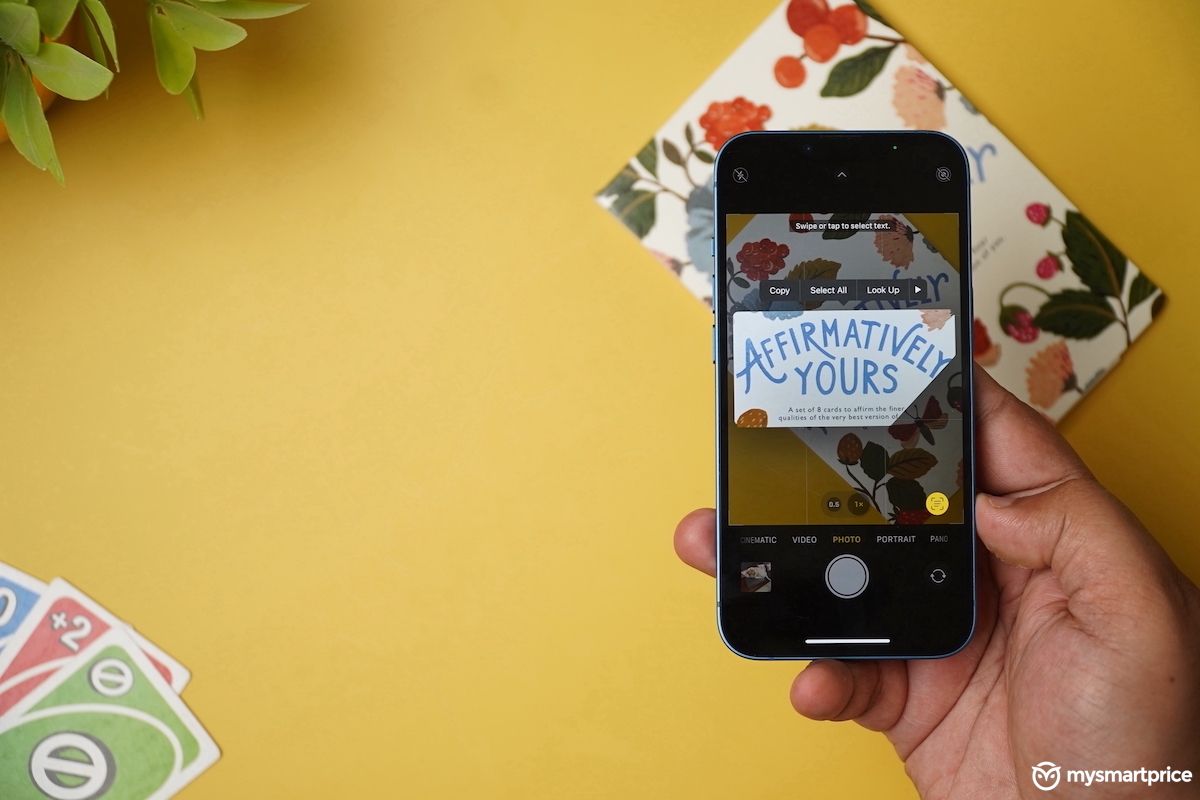
All that I wanted to say about iOS 15 in my iPhone 13 Pro Max review is true for the iPhone 13 series and the iPhone 12 as well. So, I will just redirect you to that review instead. In a line: iOS 15 is not a huge visual overhaul but brings about some useful new features such as Shareplay, Live Text capture, Focus modes, and more. And, as usual, there is no denying that you get the best software support from Apple. You can be guaranteed that you will get at least 5 years of updates with the phone.
Performance
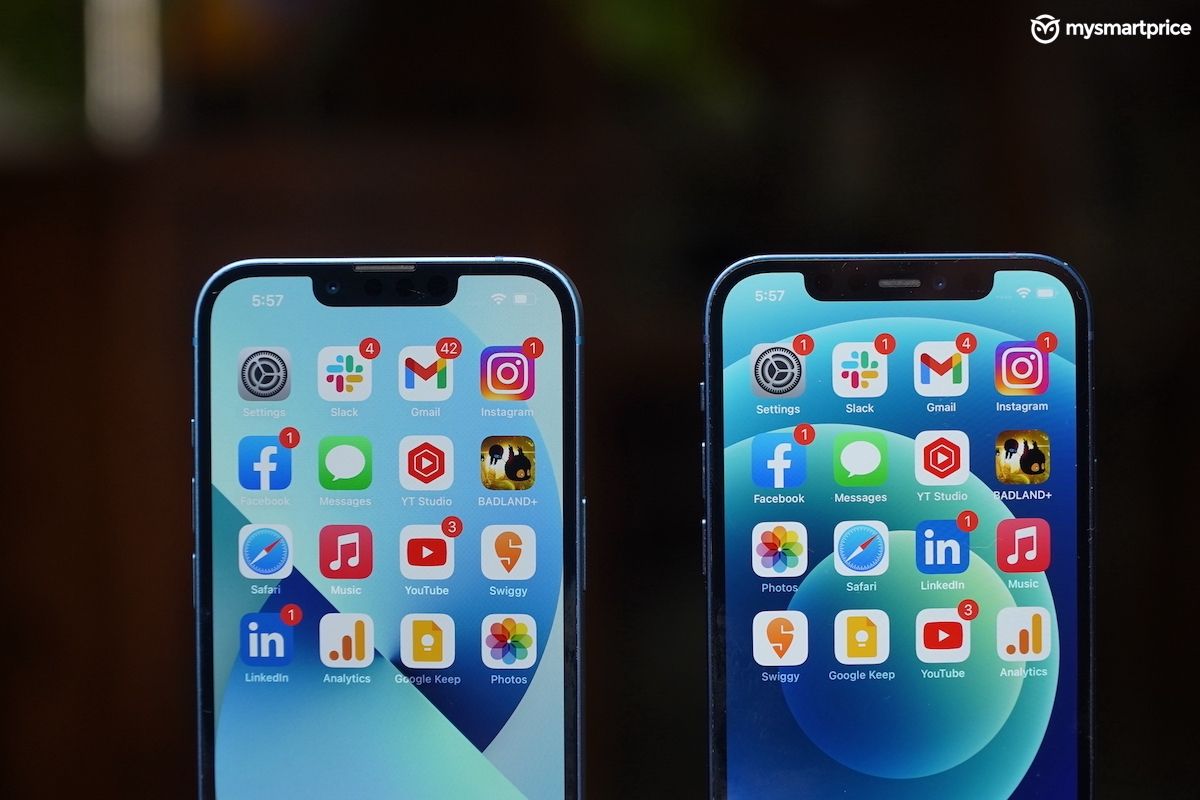
Whether it is making phone calls with no call drops, rock solid 4G connectivity, or a stable Wi-Fi connection, the iPhone 13 is super reliable. Plus, the dual speakers get super loud as well, enhancing your multimedia experience.
Coming to the new A15 Bionic chip, it is definitely more powerful compared to the A14 Bionic inside the iPhone 12. Which is evident from our synthetic benchmark scores. But, benchmark scores are benchmark scores at the end of the day and the daily performance is superb on both the phones. Even with high intensive gaming, I couldn’t really tell the difference between the iPhone 13 and the iPhone 12. For all intents and purposes, unless a developer makes a super intensive graphics-heavy game for the upgraded GPU on the iPhone 13 series, the performance gap is not immediately apparent.

That said, I do need to highlight that the iPhone 13 has a 4-core GPU as opposed to the 5-core unit on the iPhone 13 Pro Max. The 3DMark benchmark scores showcase the difference here. But yeah, once again, it is clearly a case of diminishing returns as Apple extracts a little more power with every upgrade.
Battery Life
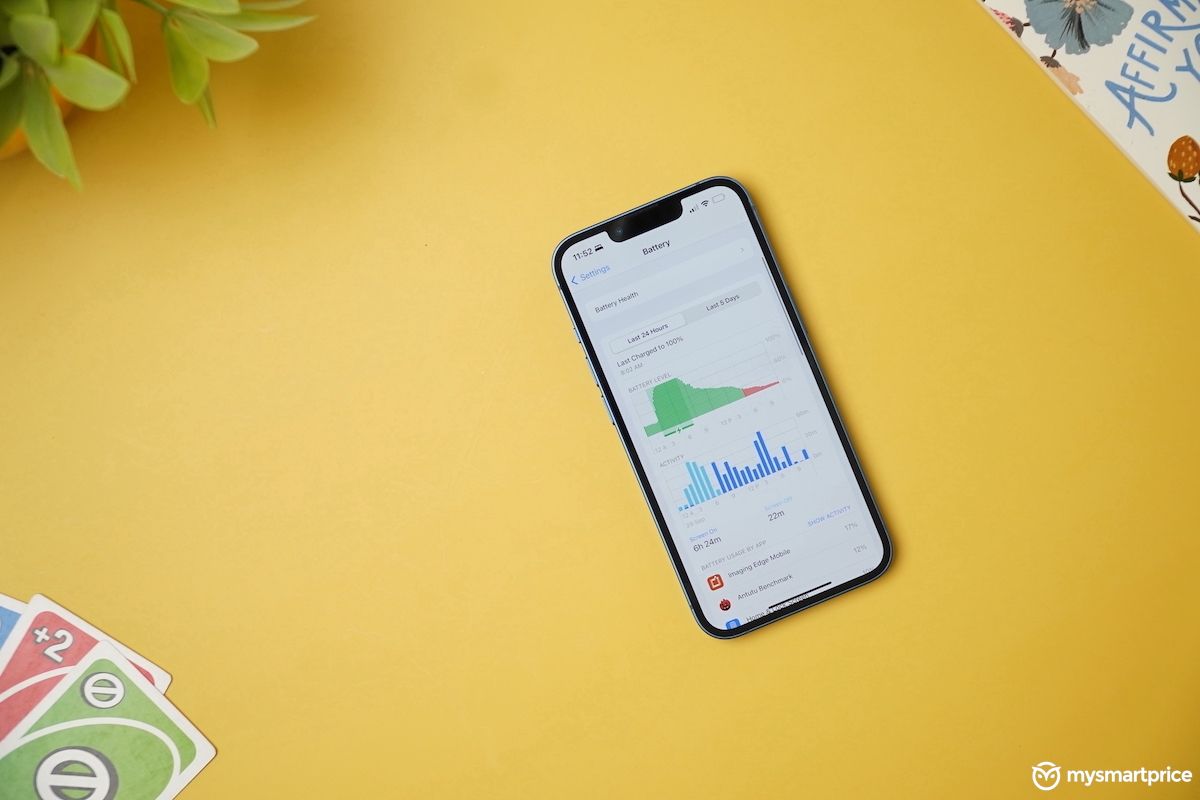
Clearly the most impactful change in the iPhone 13 is the larger battery. You can rest assured that you will get great battery life from this phone. I got around 6 hours and 30 mins of SoT on a single charge. It is easily an hour, hour and a half more than what I can achieve with the iPhone 12. However, the charging speed continues to be painfully slow. It took me approximately 1 hour and 40 minutes to charge the phone from 0 to 100. Wireless charging using a MagSafe puck is going to be even slower. Compared to many Android phones out there, this is definitely a let down.
Should You Buy the iPhone 13 Over the iPhone 12?
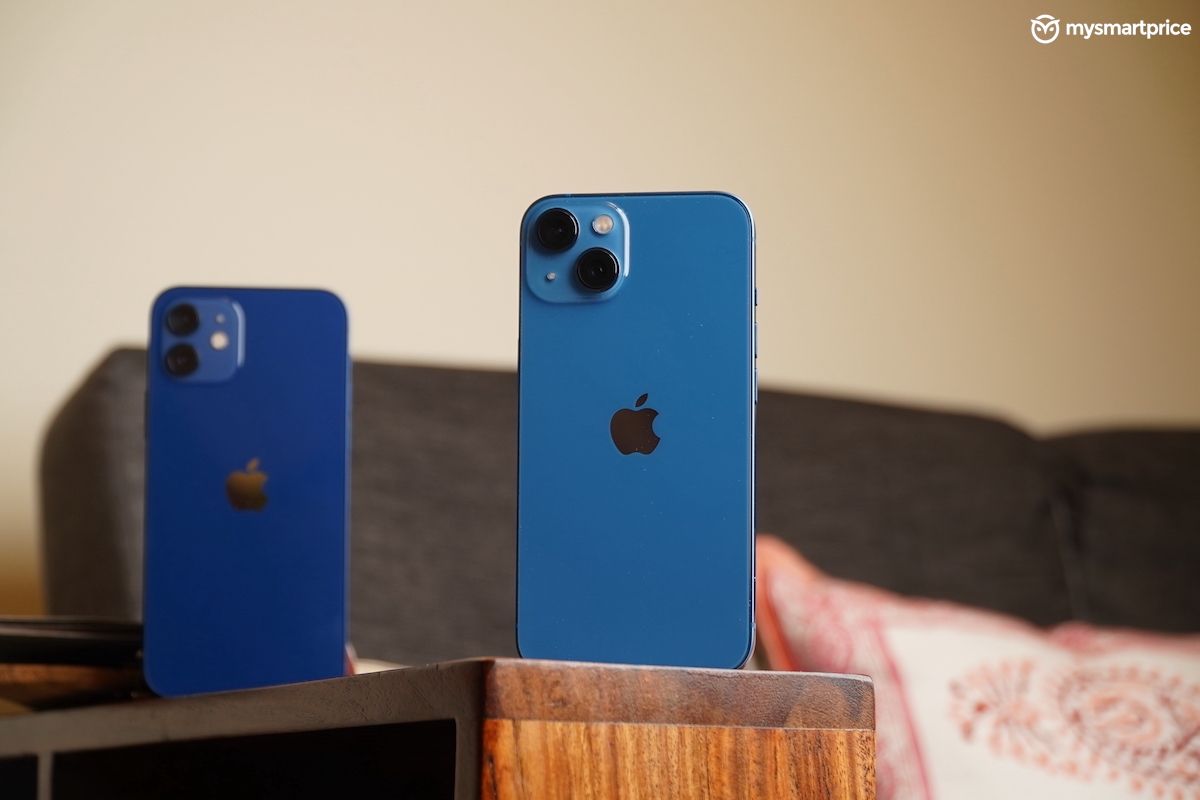
Like I mentioned, the iPhone 13’s biggest upgrade is the battery life and I am not really seeing too many differences between the iPhone 12 and iPhone 13’s camera performance. Unless you pixel peep, care about the gains in low light performance, or really want to try out the new Picture Profiles and Cinematic mode, the iPhone 12’s camera should be perfectly alright for most use cases. In fact, I’d say it still makes sense to buy an iPhone 12 in 2021 because the A14 Bionic is plenty powerful even today. Plus, it doesn’t hurt that Flipkart is selling it for under Rs 50,000 during the Big Billion Day Sale. And, us Indians love a good deal, don’t we?
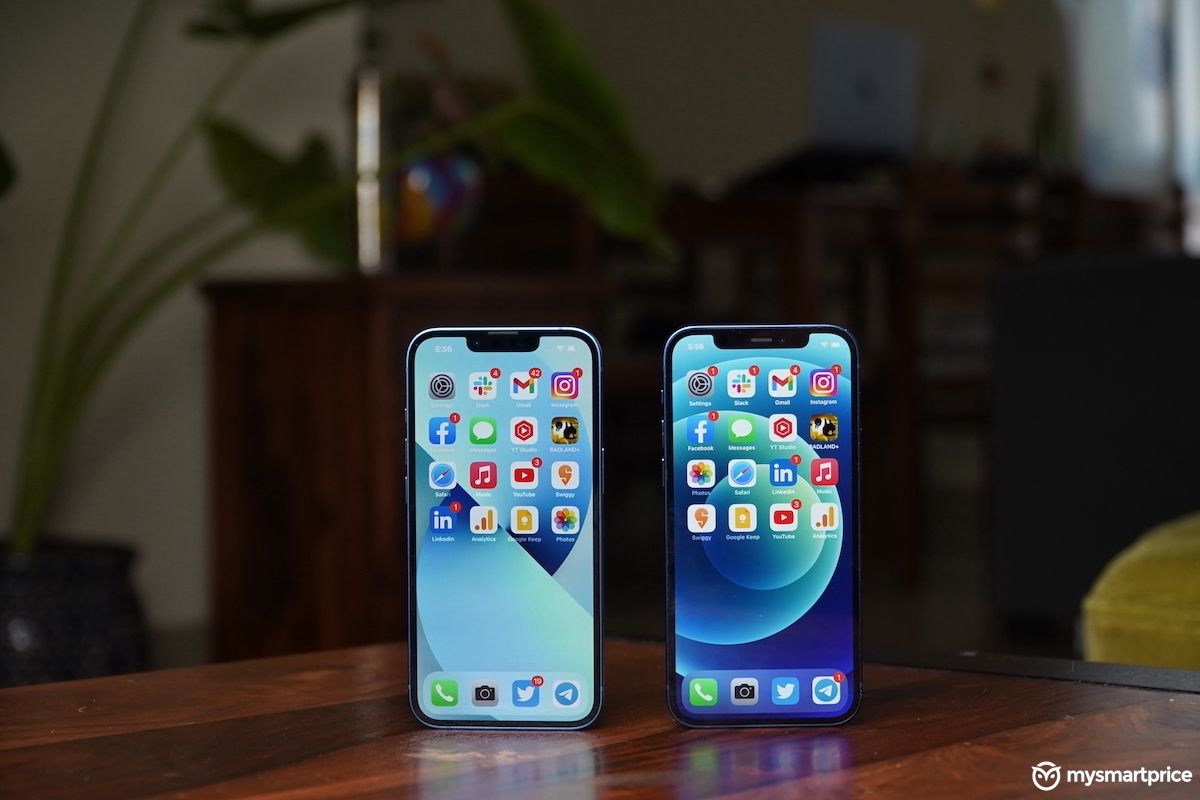
Fun fact – I genuinely know folks who wait for the new iPhone to launch every year. No, not to salivate at the features of the new iPhone but to hope for juicy deals on older models. And, around Diwali, like clockwork, the discounts on previous generation models drop in and they are generally very attractive. In fact, if you do have the budget for an iPhone 13, what if the 12 Pro was available for the same price or slightly higher? It just makes the buying decision a whole lot more confusing. So, if you are battling with that confusion, feel free to comment below and either me – or someone from my team – will respond to your request.
So, that’s it from me. That was my full review of the iPhone 13. I hope you folks liked it and found it useful.
The post iPhone 13 Review – Incremental Upgrades | Comparison vs iPhone 12 appeared first on MySmartPrice.
from MySmartPrice https://ift.tt/3B7Uwtj
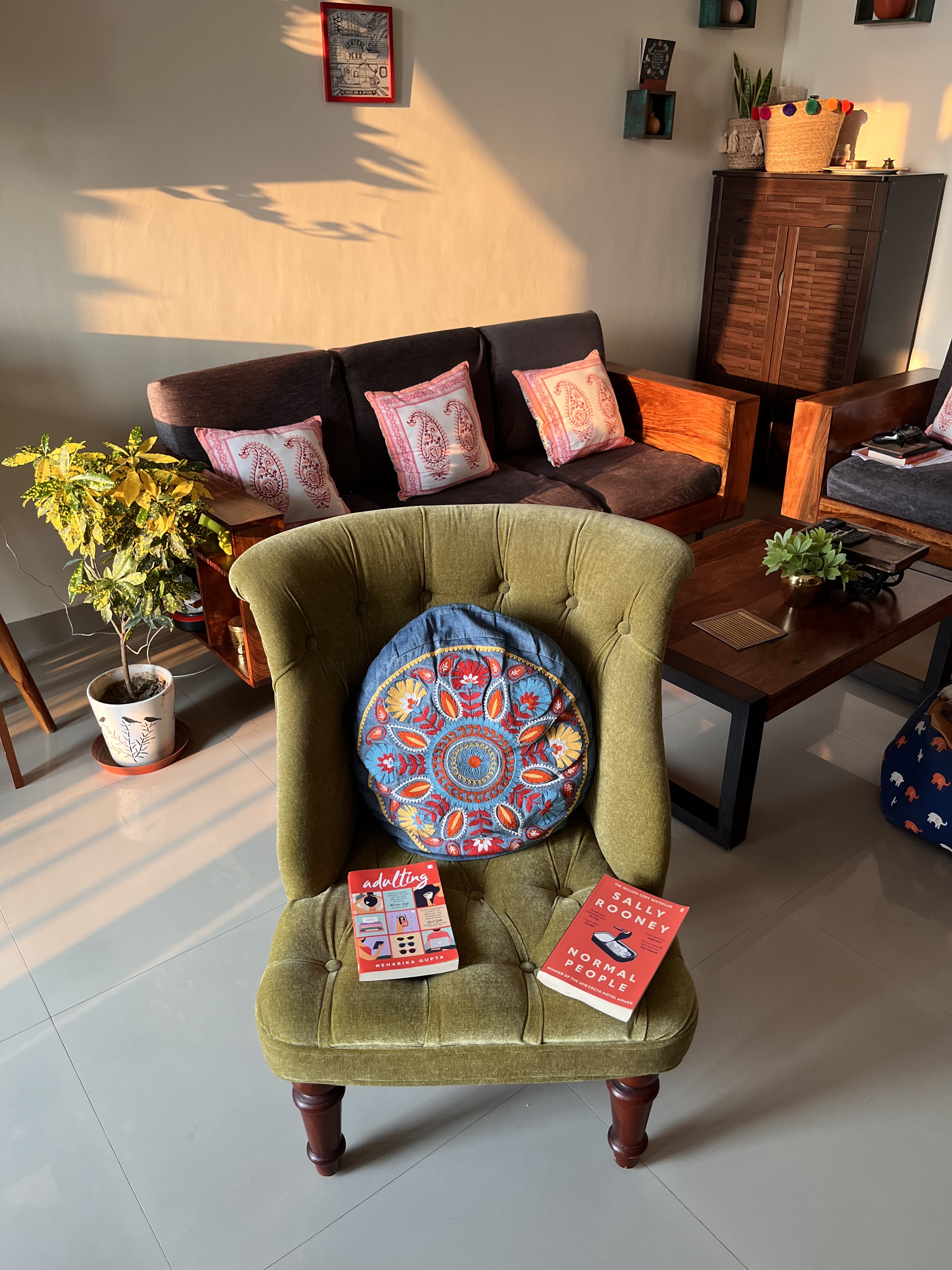



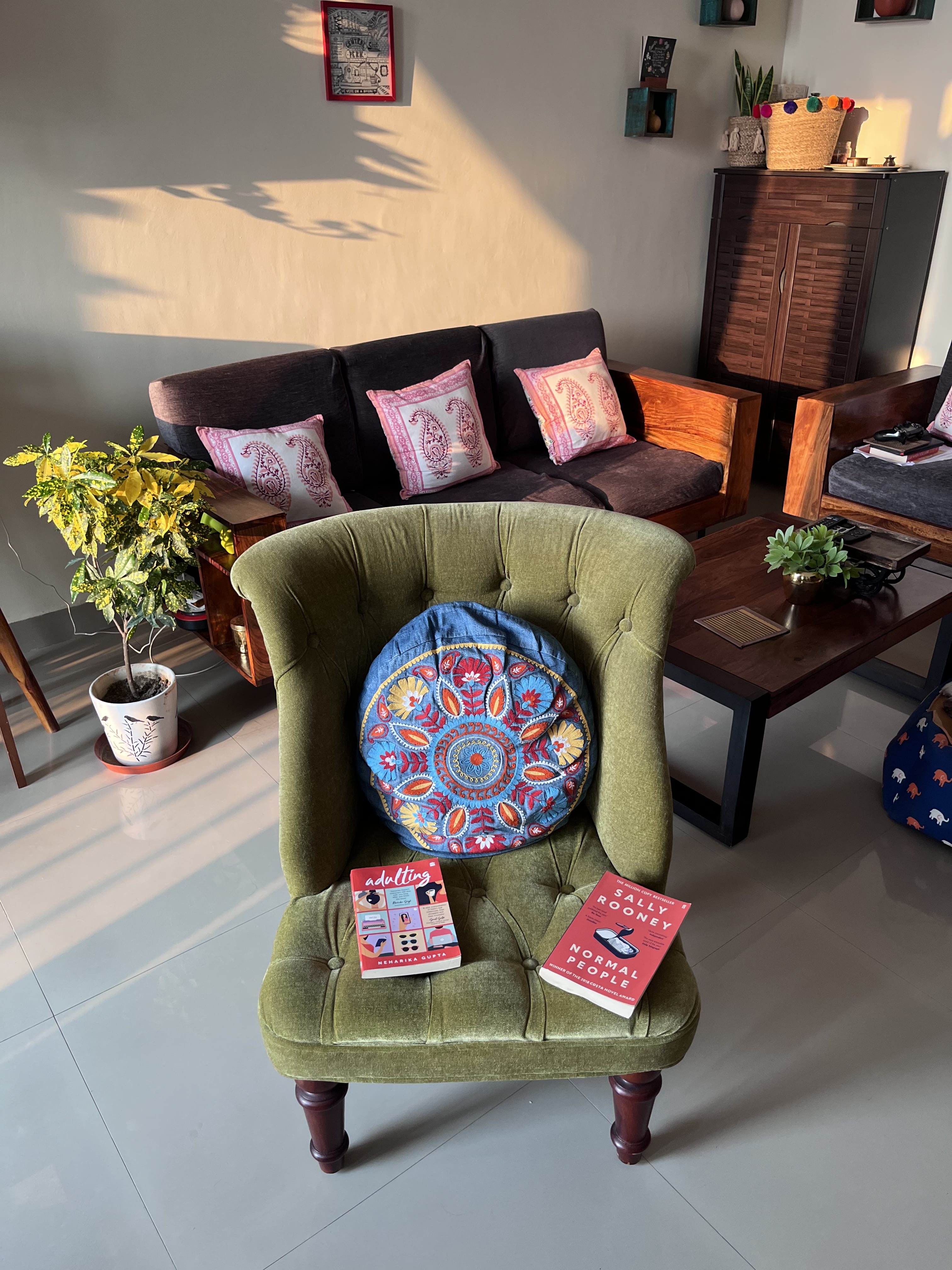
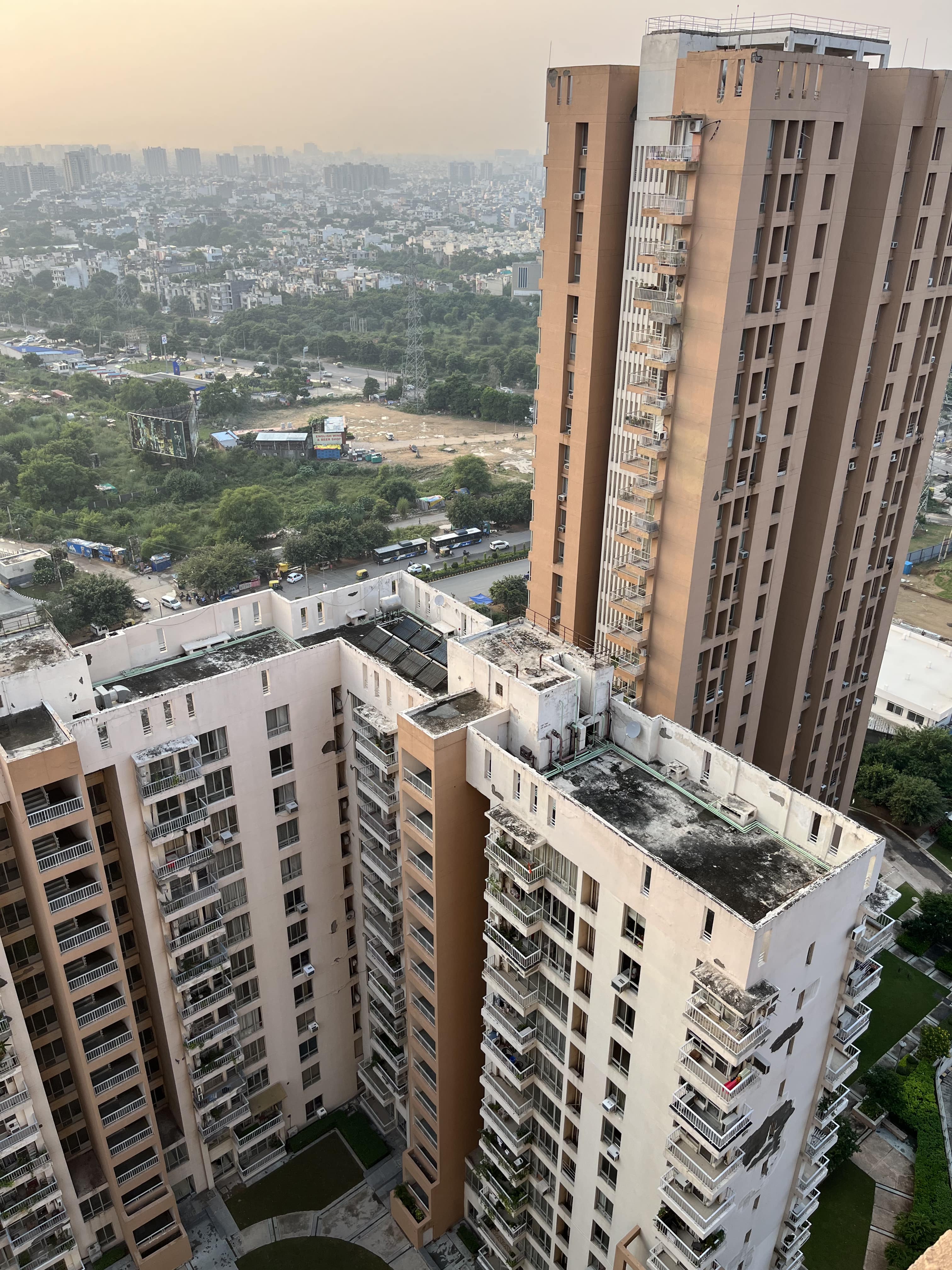

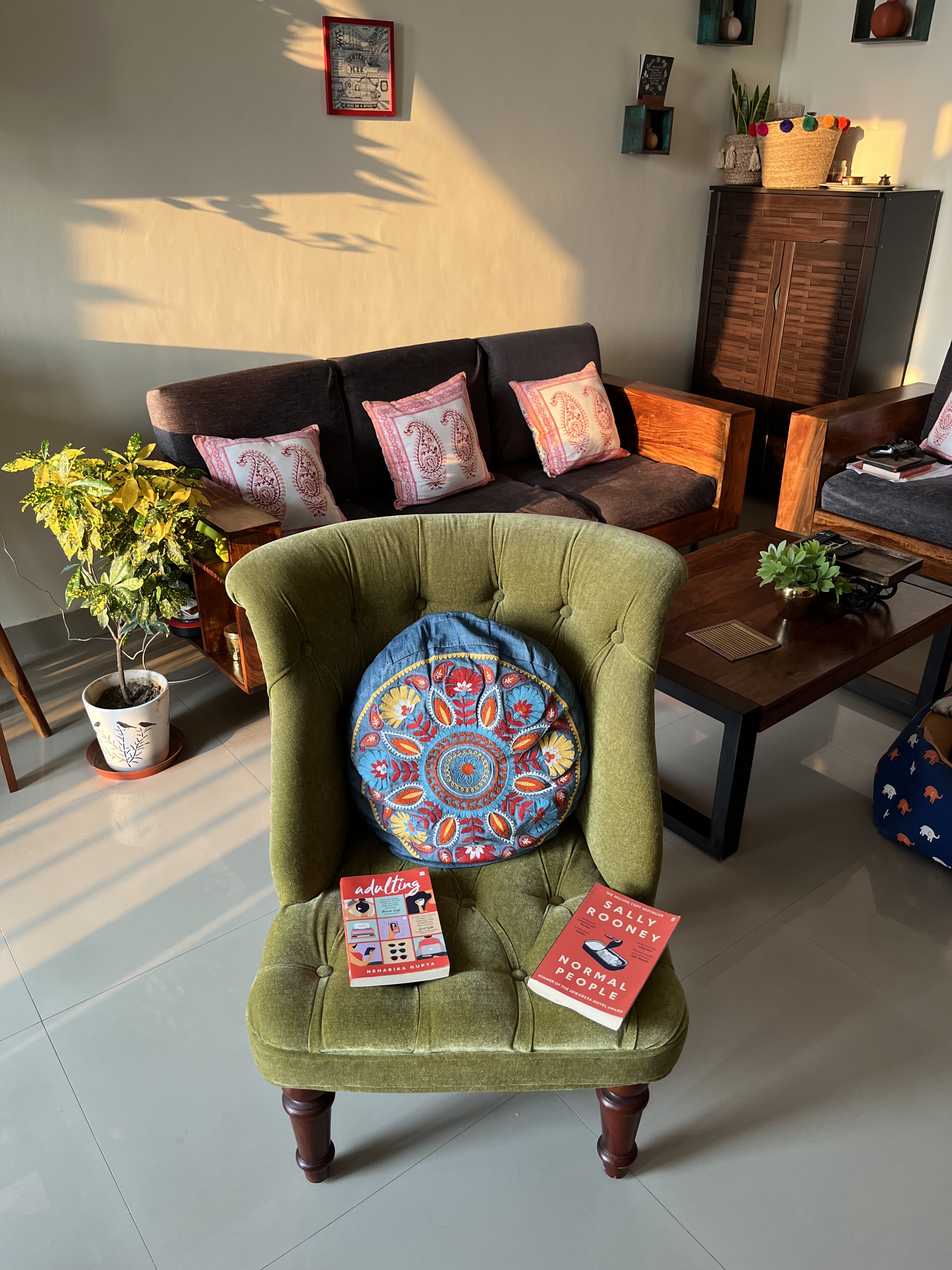



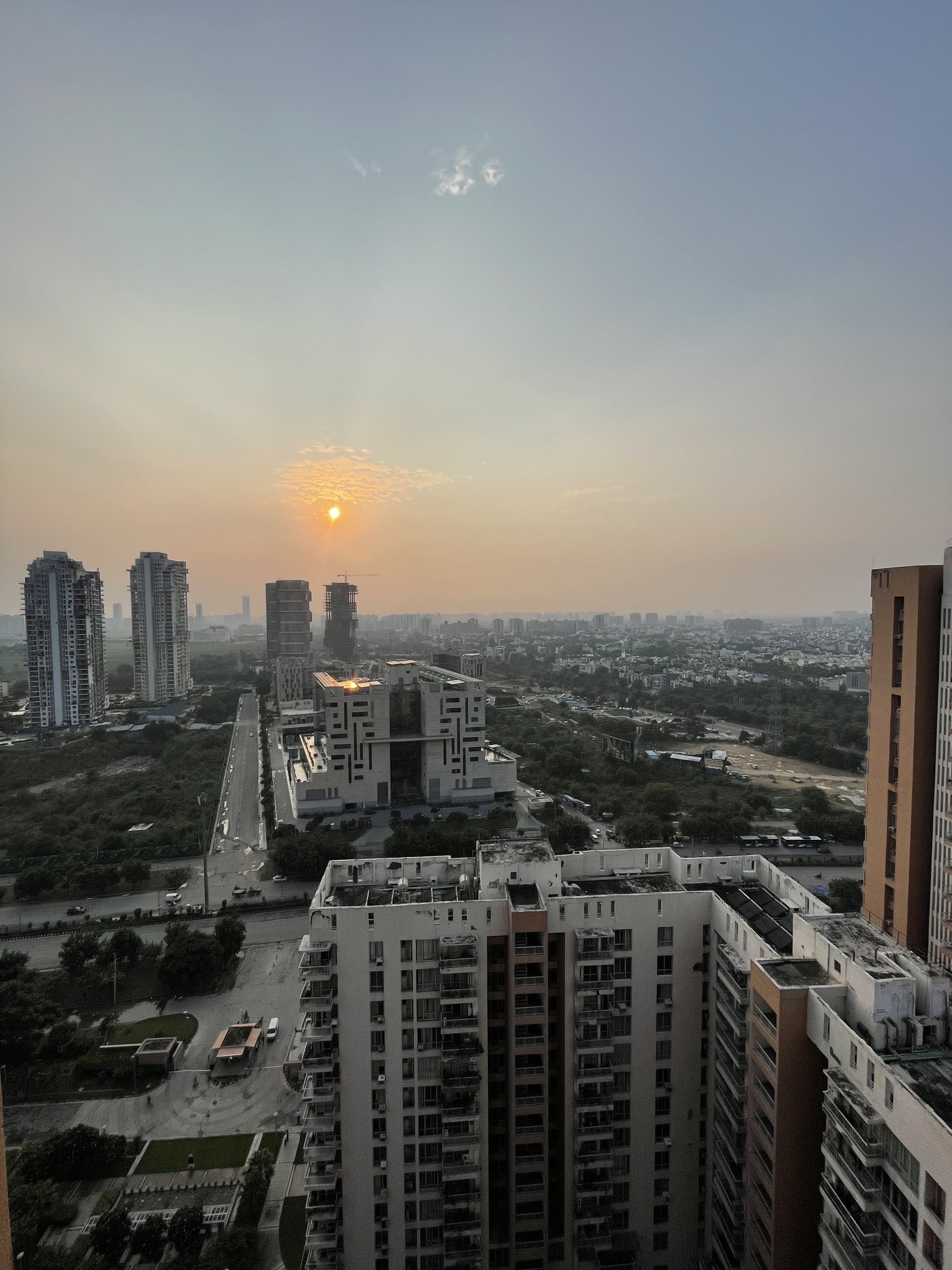


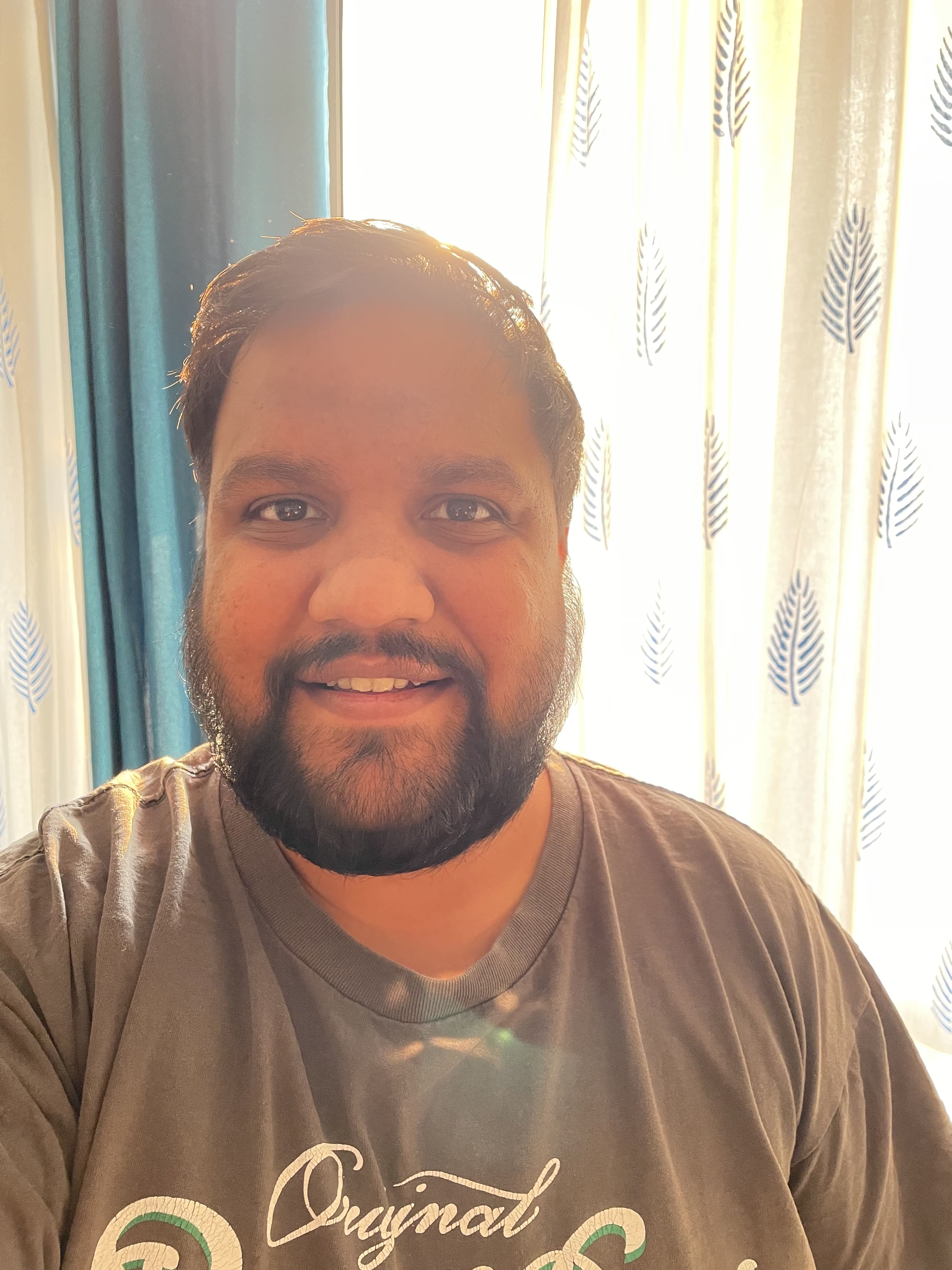




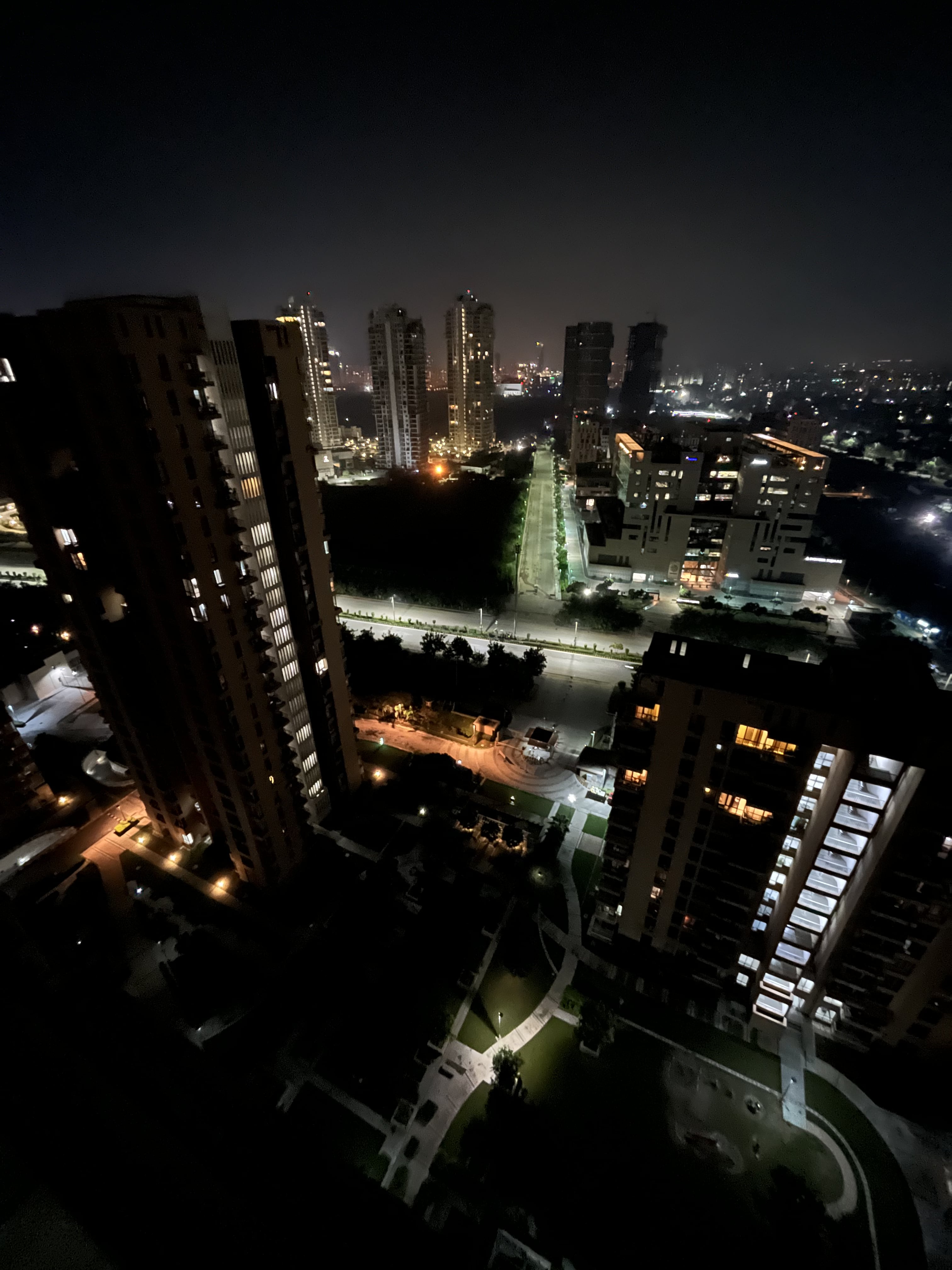


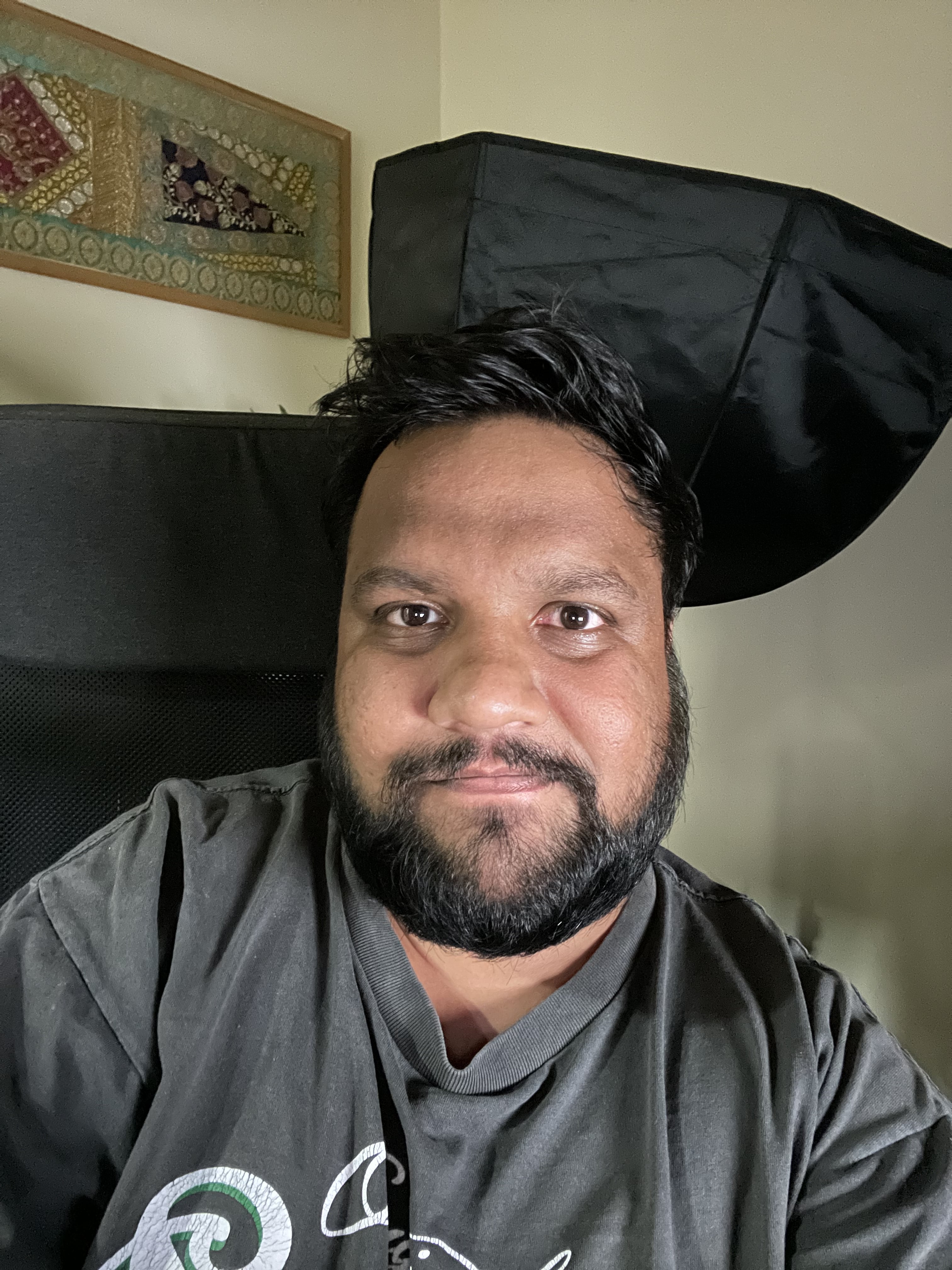
No comments:
Post a Comment